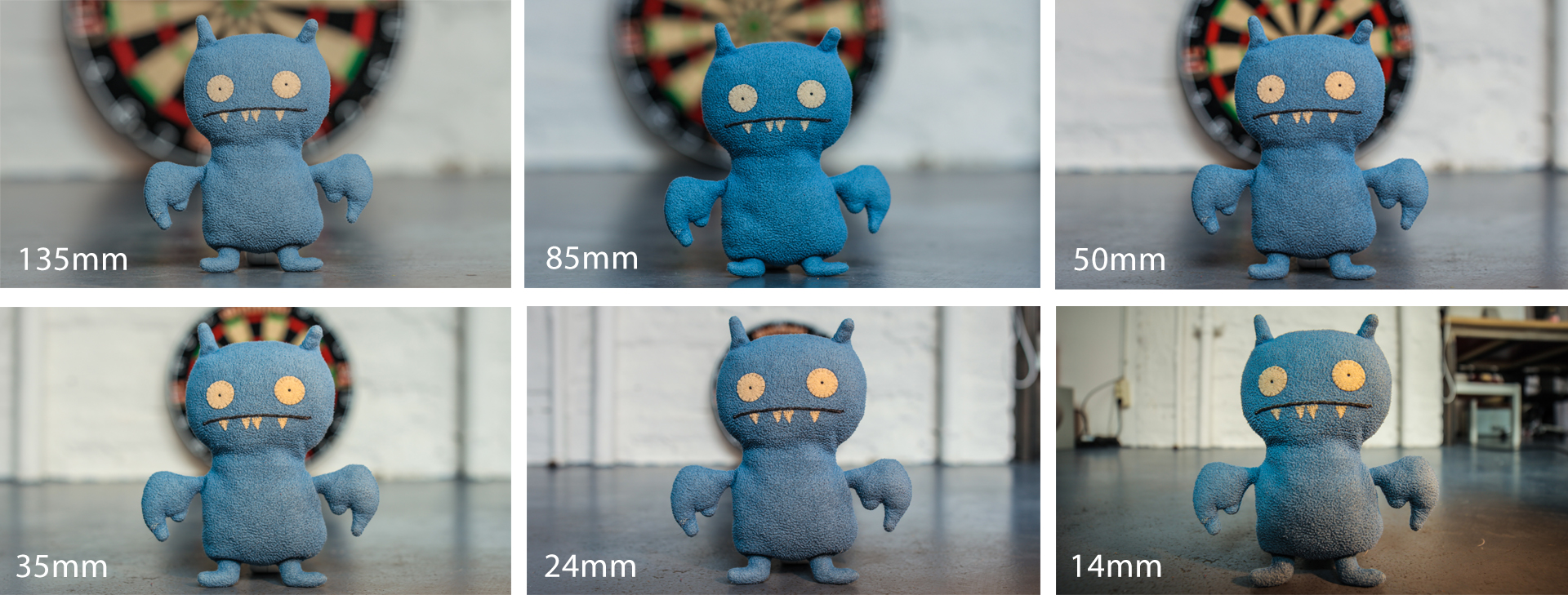The first thing we looked at was focal length and the difference that can make.
Focal length is the distance between the point of convergence in the lens and the actual film or sensor.



The example above demonstrated the difference between lens types, and the way it shifts our perspective on the size and angle of the subject. A big change between the wide and narrow lenses is how far away the background seems,
One of the things that Patrick noted was that horror movies usually choose a wide lens for close-ups because of how it distorts the face. Traditionally close-ups use narrower lenses to keep it looking naturalistic. Romantic comedies use lenses that flatter the actors facial features instead of distorting them - can't help but imagine that a romance in wides would be quite entertaining.
These videos show how changing of lenses changes the relationship between the foreground and background as well as the way it distorts a person's facial features.
- O Tamaiti (1996)
Apparently the New Zealand film O Taimaiti never shows the faces of the adult characters, placing the camera closer to the eye line of its protagonists - the children.
- Ida (2015)
The 2013 film Ida - which was nominated for best achievement in Cinematography at the Oscars - uses negative space on a consistent basis to represent the theme of God always watching.


No comments:
Post a Comment